Pine cones and innovation
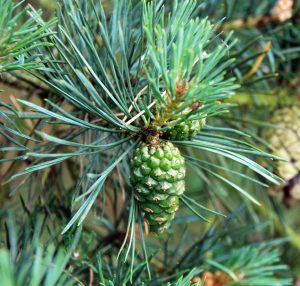
A pine cone is a reproductive structure, known as a strobilus. There are male and female pine cones. The male pine cones (or microstrobili) are less obvious than the female pine cones; they have a central axis from which project modified leaves - or microsporophylls; these produce pollen. Pine pollen is dispersed on the wind.
A female pine cone has a short stem, which attaches the cone to a branch, this continues through the central part of the cone (the rachis*). Scales arise in a helical manner along the length of the rachis to form the cone, accounting for much of its structuree and its characteristic, external appearance. Each cone scale carries on its surface two ovules, which on fertilisation develop into seeds - these are pine nuts. The scales are also known ovuliferous scales or seed scales. Pine cones take about two years to reach maturity.
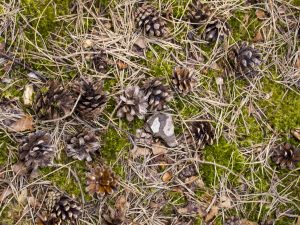 Pine cones (once formed) open and close as the seed scales flex as they dry out. Due to the varying tensions set up, pine cones are open when dry and closed when wet. This helps ensure the dispersal of the seeds in relatively dry weather - hopefully at some distance from the parent plant. A pine cone can go through many cycles of opening and closing during its lifetime (even after seed dispersal). Indeed, the condition of pine cones (open or closed) on a woodland or plantation floor is a good index of the moisture content of the soil and litter layer - and hence the risk of wildfires.
Pine cones (once formed) open and close as the seed scales flex as they dry out. Due to the varying tensions set up, pine cones are open when dry and closed when wet. This helps ensure the dispersal of the seeds in relatively dry weather - hopefully at some distance from the parent plant. A pine cone can go through many cycles of opening and closing during its lifetime (even after seed dispersal). Indeed, the condition of pine cones (open or closed) on a woodland or plantation floor is a good index of the moisture content of the soil and litter layer - and hence the risk of wildfires.
A harvested pine cone held on a piece of string is a rough measure of the humidity of the air. This opening and closing of the pine cone is achieved through the arrangement of lignin and cellulose fibres in the scales. The lignin in the scales does not swell much, whereas the cellulose swells with increasing humidity. The fibres within the scales curve inwards when the humidity is high, and outwards when it is dry - a 'natural folding mechanism'.
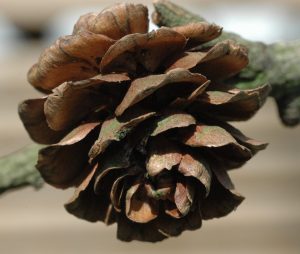 Professor Zollfrank of the Technical University of Munich is looking to see if the pine cone ‘model’ could be used to create wooden window blinds that would open and close in relation to humidity. At present many buildings / homes use motorised blinds or shades - which require an (electrical) energy source. Buildings use energy for heating or cooling, so structures that require little or no energy to function could significantly reduce energy consumption. The team at Munich are exploring ways of using cellulose and wood products (which are renewable and sustainable) to ‘drive’ devices. They are working on structures that have two layers of materials - which absorb different amounts of water / fluid to give movement, rather like a pine cone.
Professor Zollfrank of the Technical University of Munich is looking to see if the pine cone ‘model’ could be used to create wooden window blinds that would open and close in relation to humidity. At present many buildings / homes use motorised blinds or shades - which require an (electrical) energy source. Buildings use energy for heating or cooling, so structures that require little or no energy to function could significantly reduce energy consumption. The team at Munich are exploring ways of using cellulose and wood products (which are renewable and sustainable) to ‘drive’ devices. They are working on structures that have two layers of materials - which absorb different amounts of water / fluid to give movement, rather like a pine cone.
This is not the first time that scientists have borrowed from nature. Velcro is said to have grown out of a Swiss scientist’s [George de Mestral] curiosity as to why burdock seeds clung to his (and his dog’s) coat.
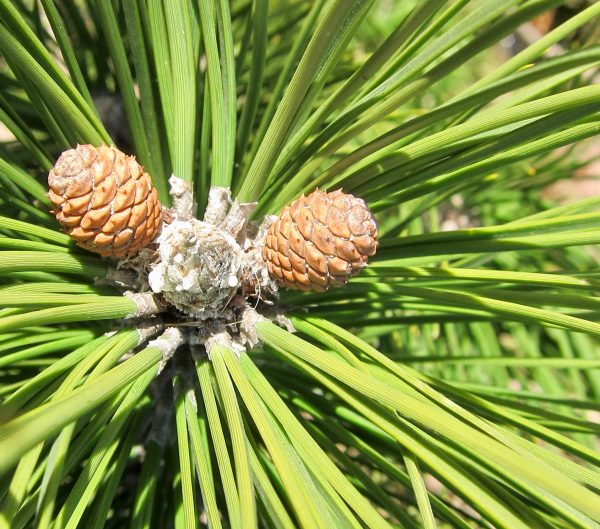
Young cones
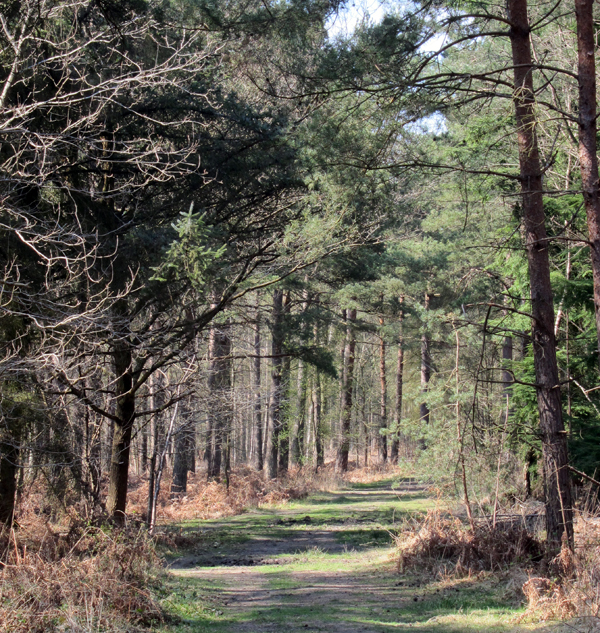
A path though Pines
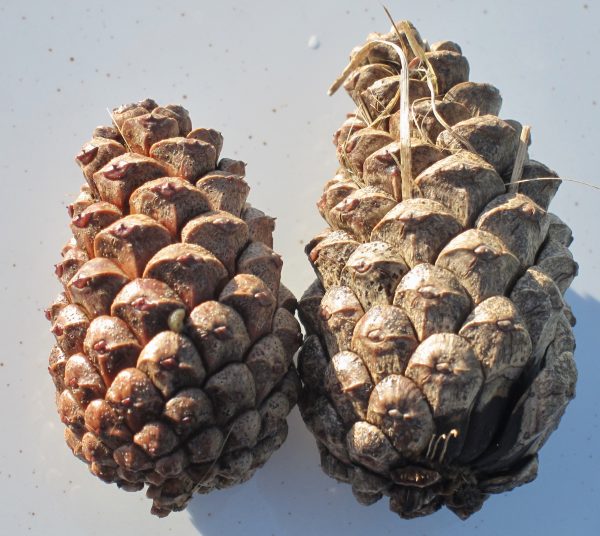
Dispersed cones - from woodland floor
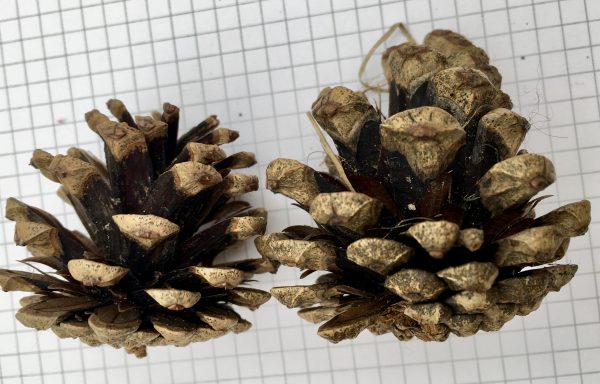
Same pines as above but after being indoors for a day
Details of the anatomy of Pines / Gymnosperms can be found here
Comments are closed for this post.
Discussion
[…] pine cones stay on the trees for some years, before falling to the ground? During that time, seeds form under the scales of the pine cones. The scales have two important […]
Such fascinating information on pine cones and what extraordinary research by Professor Zollfrank. Thank you!
We have an amazing creator God.

There is no god. Pine cones are an amazing work of nature, as is everything in the universe. Why is there a need to fantasise about a god when nature is even more impressive in the first place
Tom
21 November, 2020